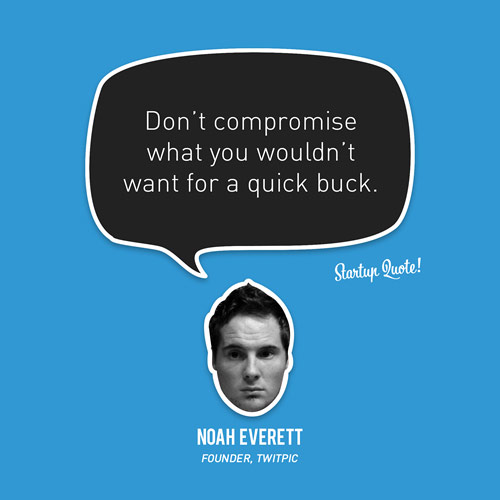In the great fantastic world of design, professionals are like knights, claiming prizes and rewards while fighting fierce dragons and vanquishing evil foes.
At least, we think ourselves kin to the great knights of old. In many ways, we may be correct.
While we may not be Knights of the Round Table or regularly hold Court with King Arthur, we deal with many challenges as they would. The difference is our enemies are time and budget, and our dragons are challenges we face. The challenges are not only with producing an excellent product, but producing any product within the time allotted.
Most specifically though, many of our battles are fought with clients who hold little or no knowledge of what they want, or how to communicate it.
Many times we deal with clients who are ignorant of the way web or print works, and say so outright, negating the need for designers to find out the hard way.
However, there is always that small element that believes they know everything about design and web. These are the clients we fear to deal with, and the ones we avoid if we can.
Unfortunately we sometimes find ourselves caught in a web of deception and miscommunication, and it makes any project or assignment nearly impossible to either navigate or accomplish. There are five things we can use to keep from the webs and shed light upon any possible problems we might encounter with a client.
1. Explain in writing to any potential client how much you charge, and how you work.

If you charge hourly or by project element, make sure it’s easy to understand before any contract is made. It’s never recommended to begin hourly negotiations at this stage but to explain how you work in terms of available hours, and your current workload.
Being this translucent up front tends to intimidate those who are used to taking advantage of designers and by making a professional declarative stance on your work ethic and available hours. By doing this the tone for negotiations of the contract is set.
2. Don’t forsake your principles, and don’t compromise your basics.
Every once in a while a client will come along who is convinced they have the business market cornered, and will try to convince you that no matter how much time you’ve been in the business or who your clients have been, they are the most important thing that will ever happen to you.
They’ll explain that you can’t possibly see the scope of the project and will most likely try to either bully you into a lower rate or some sort of impossible concession that you cannot make. Don’t let it happen. There are concessions that can be made in any project, but working until 3am when you have a young child or are sick, working for a significant decrease in pay, or some other concession that will hurt you is never worth it, unless your client is a major corporation like Disney. Even in that case, they will understand your boundaries and won’t violate them.
In that case, the reference will outweigh any concession that needs to be made. But chances are, many small business owners will not carry such weight. But whether or not they have a significant advantage such as a reference can become clear in negotiations.
3. Make the contract yourself.
Never allow the client to make the contract unless it’s from a large corporation and you feel comfortable with the contract after reading every word. Every contract is a legal binding agreement, and if you don’t know what’s inside, you could be in for a world of misery.
4. Become best friends with other professionals, and a lawyer.
Other professionals are a wonderful way of gaging your experiences with clients and sharing them with others. So much can be learned from their good and bad experiences. Becoming friends with a lawyer is also helpful. Whether you hire one or have one as a friend, legal counsel is invaluable to navigate the potential problems with contracts and legal problems.
5. If 1-4 are violated, drop it like its hot.
If you’ve followed 1-4, and the professionals or lawyer gives you a warning about the client, they refuse to allow you to give any input on the contract, attempt to make you concede in ways you aren’t comfortable with and do not care for your work times or demand you violate your standards, it’s a given that you will leave the project with less sleep, more stress, and less money.
Those clients are usually not worth dealing with, and though they are a minute percentage of the clients we face, we owe it to ourselves to work with people in mutual respect and professional courtesy. Any business used to dealing with freelance designers is also used to dealing with the above 4 steps. Any business that sees fit to violate them is usually used to ripping off other people, and you aren’t the first and probably won’t be the last. Working with professional businesses who are respectful and deal with projects in a professional manner are the highest prize of all, and those are the battles against time and budget that are always worth fighting for.
Stick with the battles worth fighting, and the challenges worth facing. We have a great world out there to conquer, and many dragons to fight!

